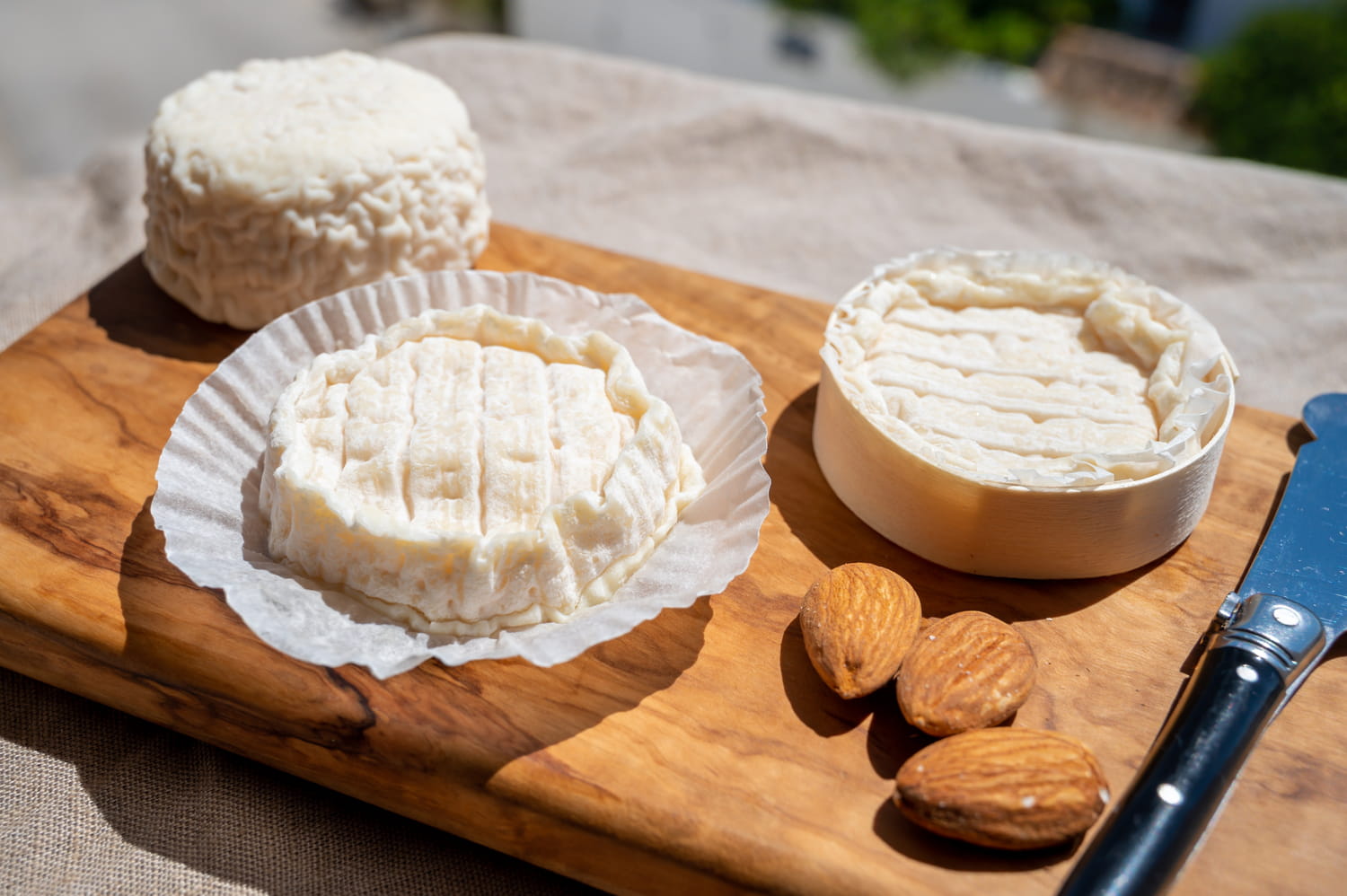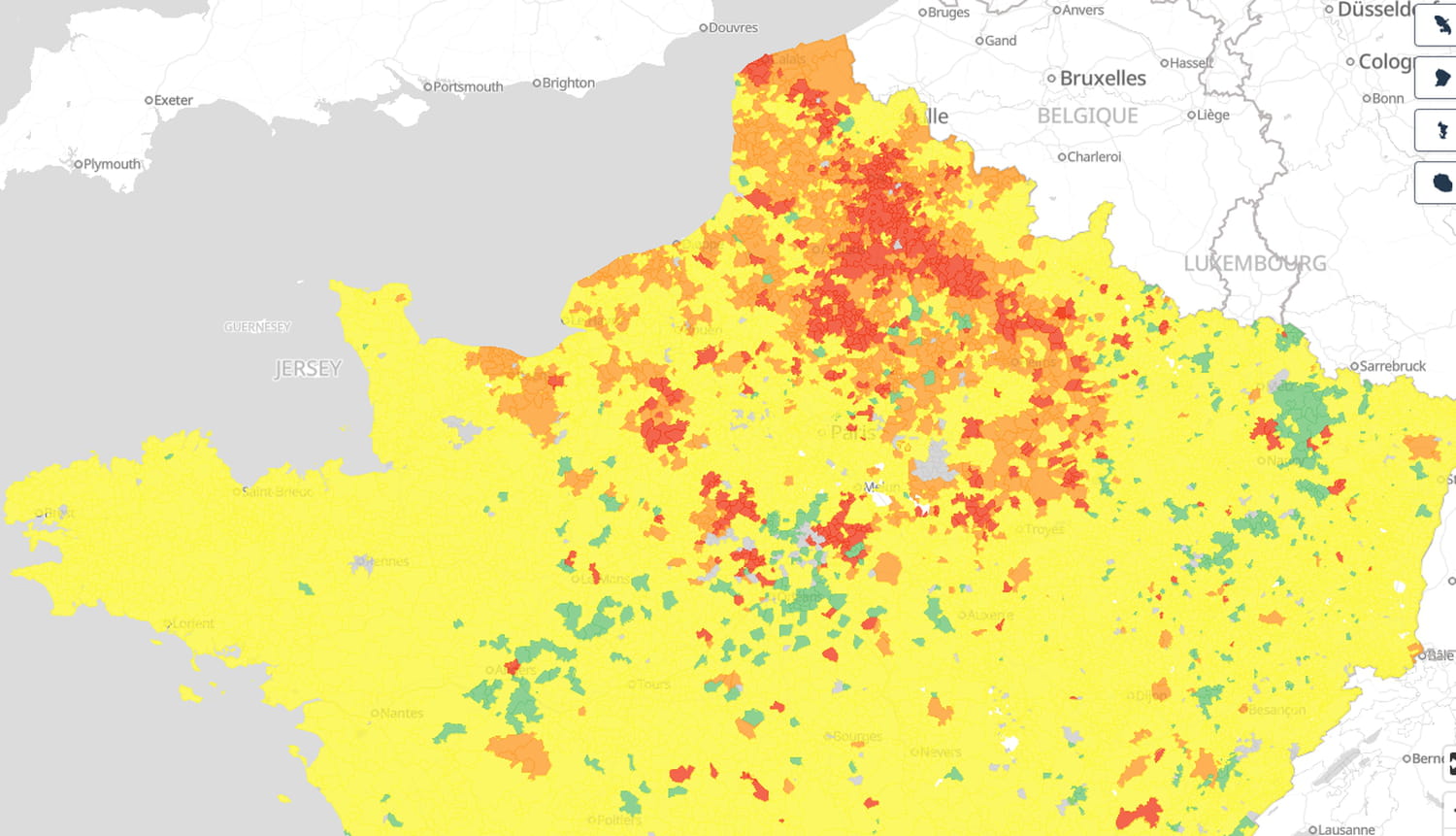Infection manifests itself by “pseudo-grapple” symptoms.
Raw milk cheeses, goat milk … What if these products hid an unsuspected health risk? The National Health Safety Agency (ANSES) has just published a report revealing that a virus can contaminate the human being via food. A way of transmission hitherto never reported in France before 2020, the date on which a first focus of infections was identified after the consumption of cheeses with raw goat milk. In question: dairy products from infected animals, such as goats, however asymptomatic.
In humans, infection often goes unnoticed. However, in 10 to 30 % of cases, it manifests itself in pseudo-grapple symptoms, sometimes followed by severe complications. “Among symptomatic people, 20 to 40 % have meningitis type neurological signs, which can cause long -term consequences and loss of autonomy”Elsa Quillery alert, co-coordinator of expertise at ANSES. “Since 2020, the situation is stable: there are about twenty cases each year, with direct transmission or via raw milk cheese, everywhere in the east and the center”notes Dr. Rafftin, infectiousologist and coordinator of the Vector Northern Vector Disease Center with 60 million consumers.
These infections are due to the well -known virus of tick encephalitis, not to be confused with Lyme borreliosis, of bacterial origin. The difference? This virus is not only transmitted by tick bite: it can also contaminate milk of infected animals. “The goats are contaminated but not sick. During the first seven days of the infection, they excrete the virus in the milk, the time to make an antibody that allows them to eliminate it”explains Dr. Rafftin. Raw milk or cheeses that come from it can thus become vectors of the virus if no sanitary measure is taken. The Auvergne-Rhône-Alpes region, due to its high number of goat farms and the high movement of the virus, is the most exposed.
Faced with this emerging risk, ANSES recommends avoiding the exposure of herds to the wooded areas where ticks proliferate, by installing fences or practicing the rotation of pastures. In case of suspicion of contamination, pasteurization of milk remains the most effective solution. “It is essential to strengthen virus monitoring in dairy products, in animals and in the environment”insists Elsa Quillery. As for consumers, they can limit their exposure by favoring pasteurized dairy products, especially in areas at risk.








